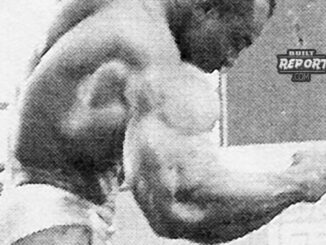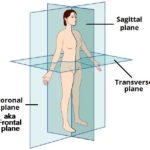
This information is from the Gray Institute(Gary Gray) involving training the biceps on all three planes of motion. As far as functional training, their methods seem to give them an edge on the rest of the physical therapist profession. The gifs below are slowed down versions of what are demonstrated in the video.
Transcript
When we’re pumping iron in the gym, many of us want bigger, more defined biceps. Well, what does applied functional science have to say about it? Well, two strategies that applied functional science talks about is how does the muscle truly function and when we are training that muscle are we training it in isolation or integration?
So, the first strategy, how does the muscle really work? When we look at the biceps, traditionally it’s known for the elbow flexing, the shoulder flexing, and the forearm supinating. While that is true, we are missing the boat in the frontal plane and the transverse plane if we really want to functionally feed the biceps. It’s also known for adduction and horizontal adduction if we really want to lengthen and strengthen and contract the biceps on all three planes.
When it comes to the rest of the body, a lot of times, traditionally, we want to train the biceps where they’re very isolated, the preacher curls or the standing curls where just the arms are moving, and we’re missing the boat there because rarely does the biceps work with the rest of the body in that manner. Usually, the biceps working with the entire body in unison, not in isolation. So, a matrix for the biceps would include maybe a curl but not only a curl in the sagittal plane but a curl in the frontal plane, and a curl in the transverse plane, all while allowing the forearm to go through supination. This is what it looks like. I can do an alternate hand curl and when I curl the sagittal plane I’m going through forearm supination. When I curl in the frontal plane I’m going through forearm supination and when I’m curling in the transverse plane I’m going through forearm supination, and the bicep now is being lengthened in the sagittal plane, the frontal plane, and the transverse plane but, if you watch me very closely, I allowed the whole body to load and explode because the biceps want to work with the entire body in unison.
We asked a question here at the Gray Institute when it comes to muscles. While they’re working, are they singing or are they screaming? We want them to be singing with the rest of the body in integration. Have fun with that simple tip on how to make your biceps bigger and more toned by curling in all three planes of motion.











Be the first to comment